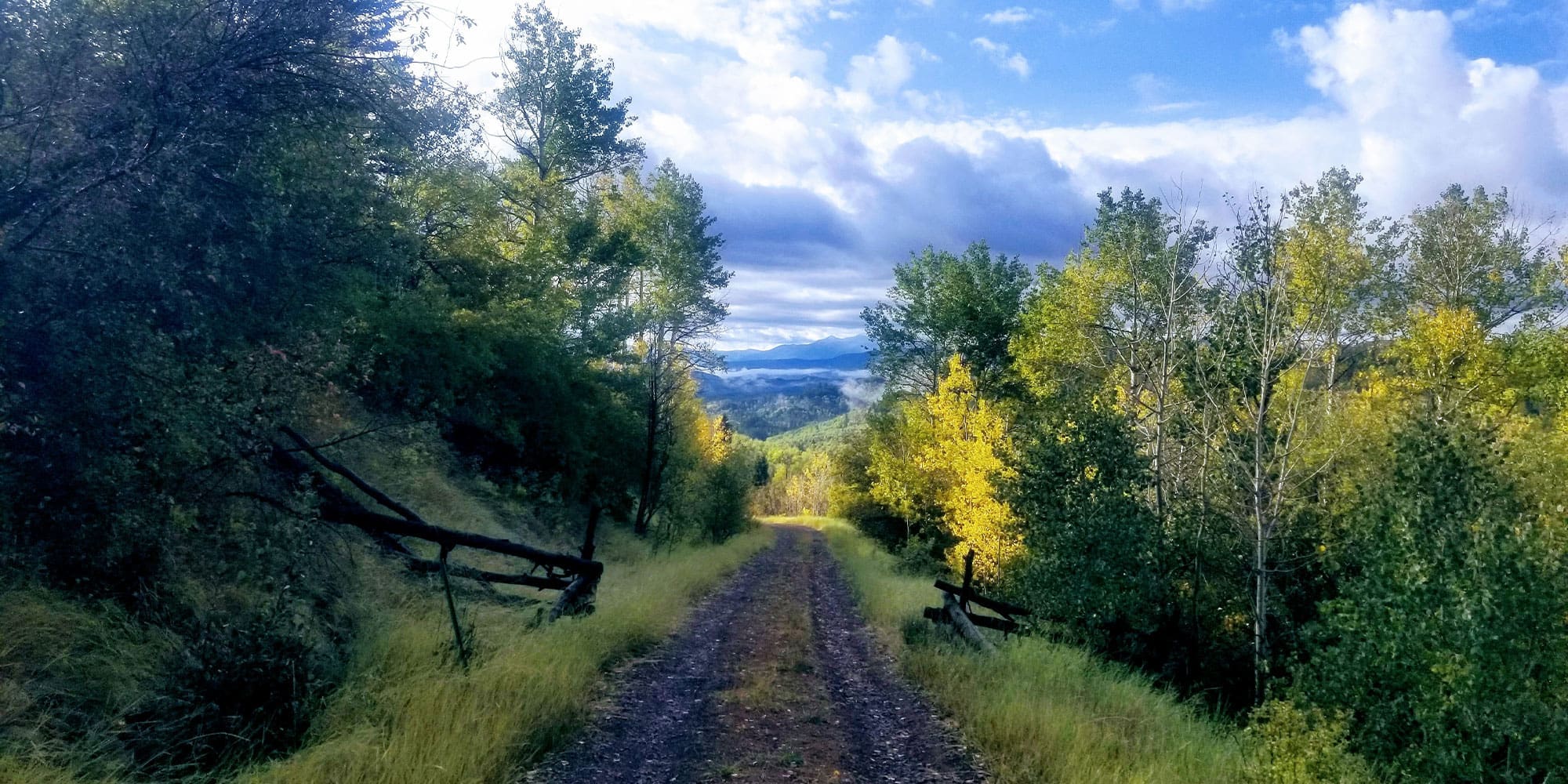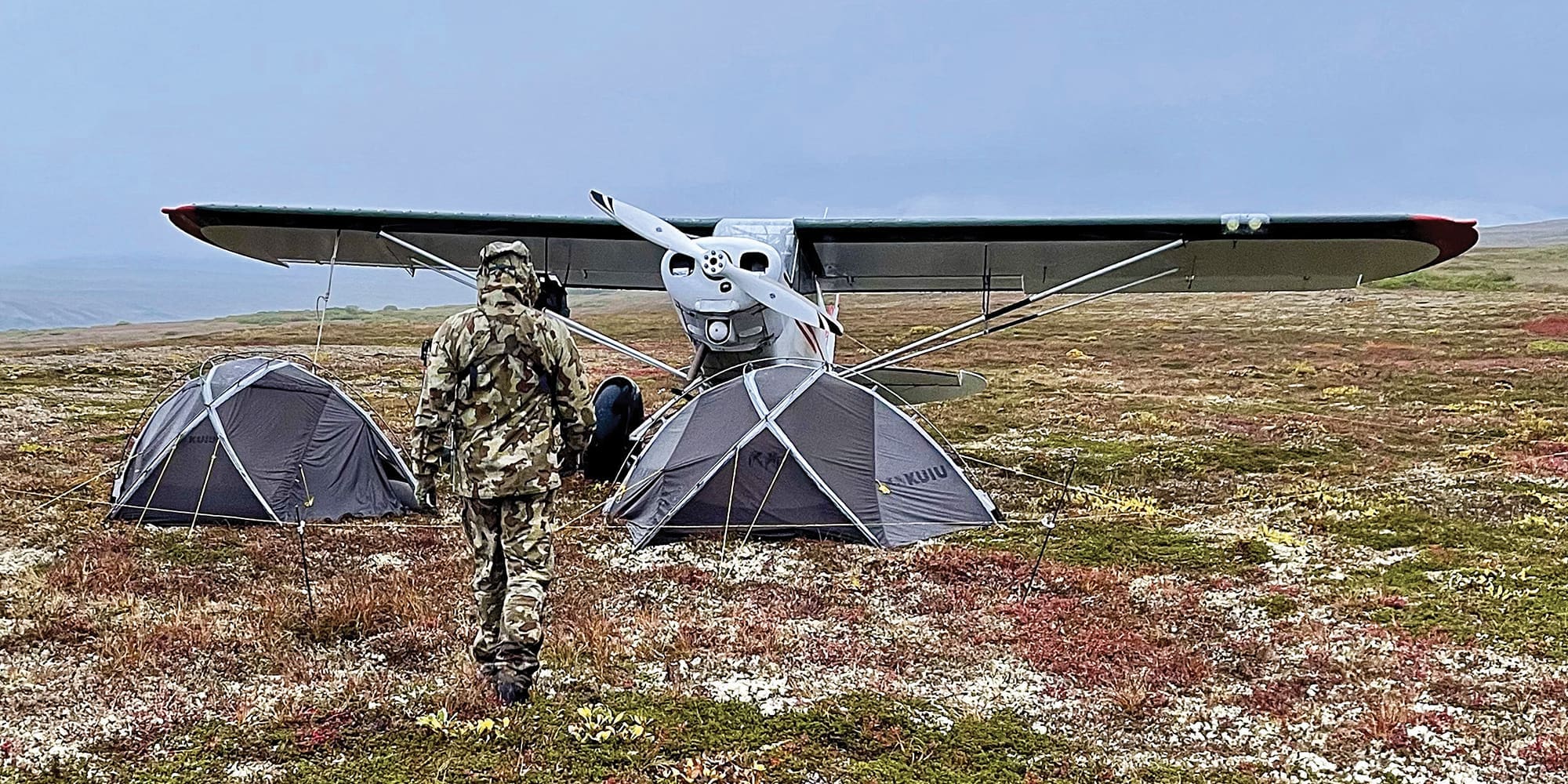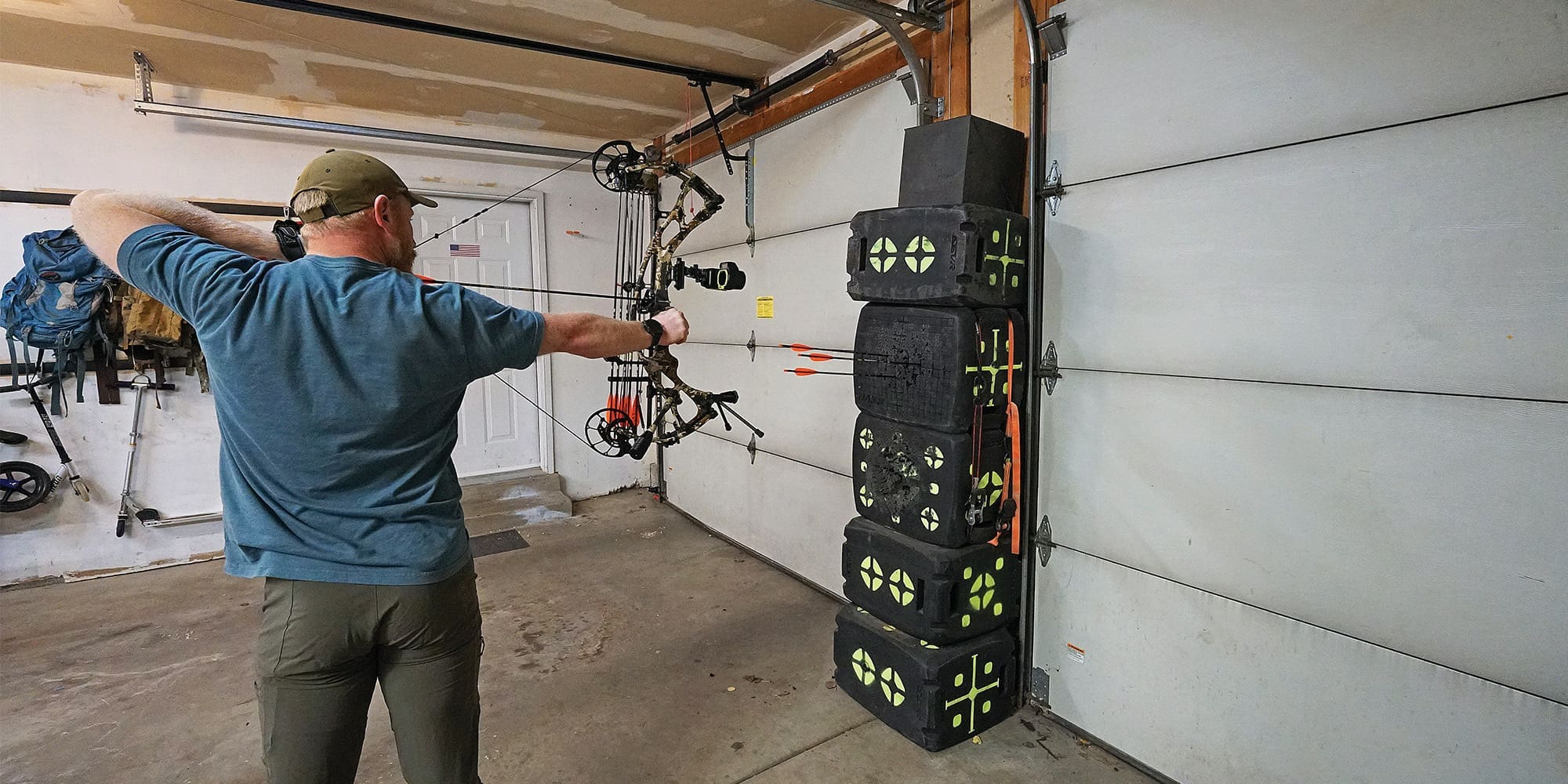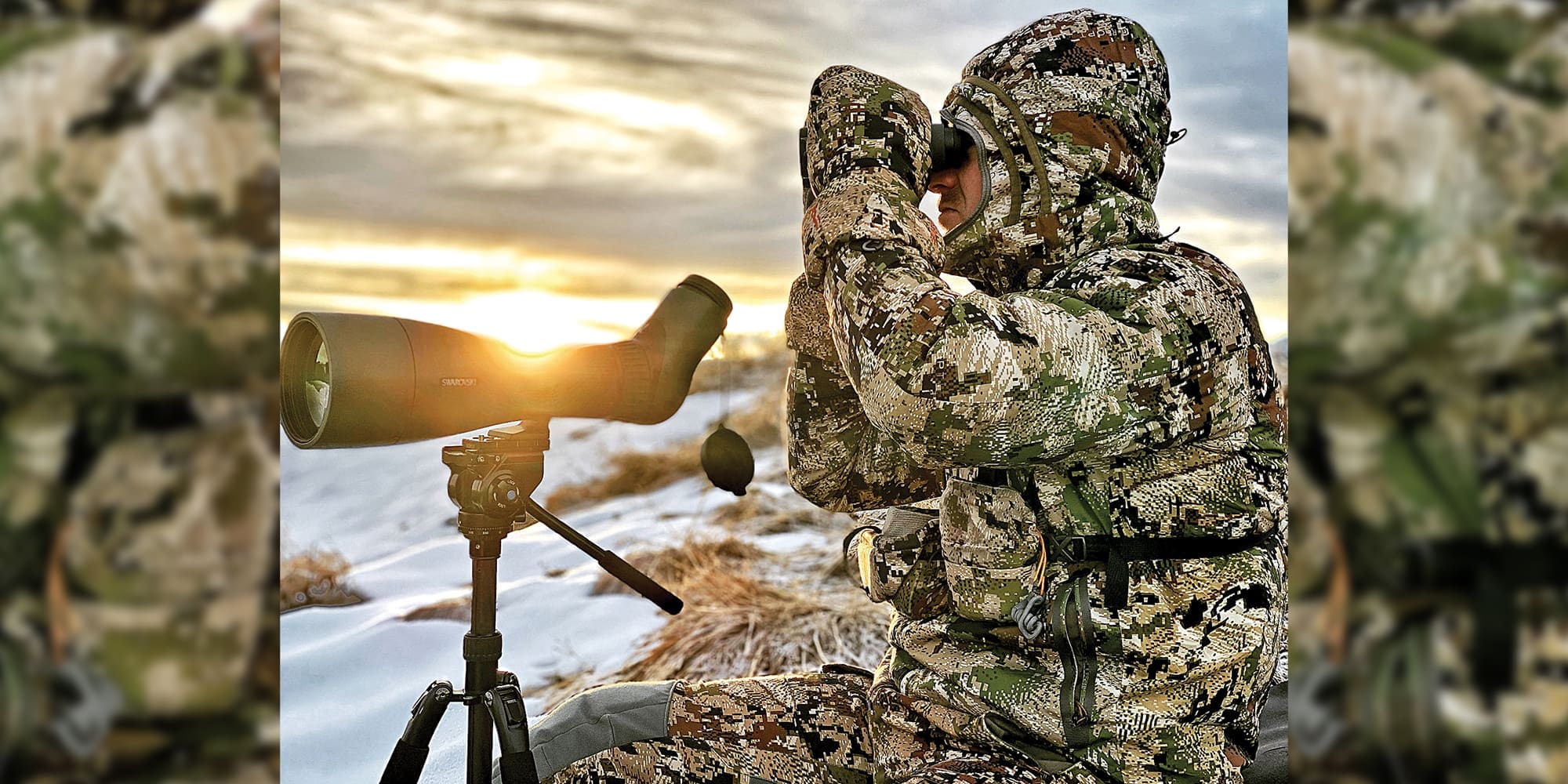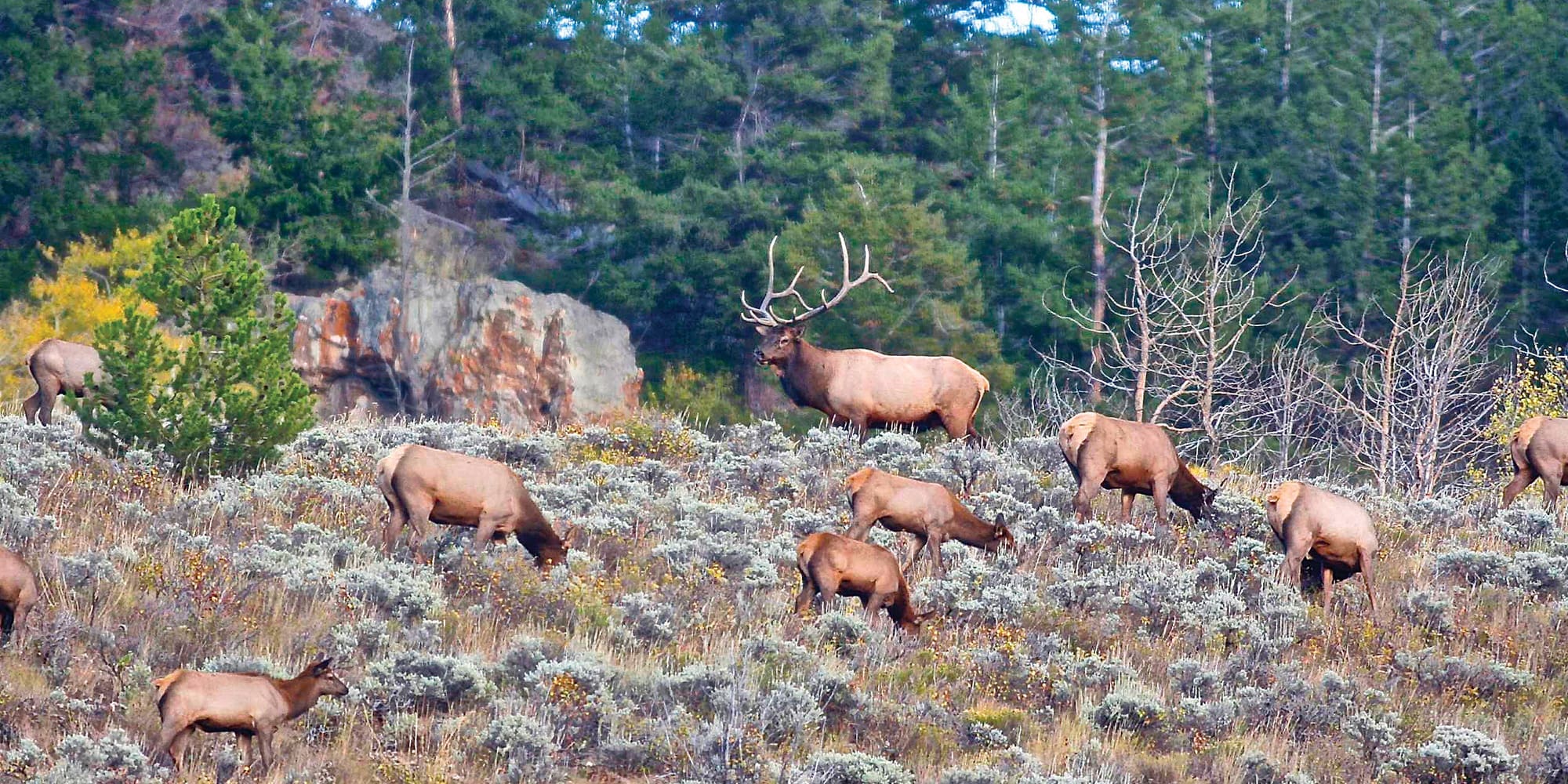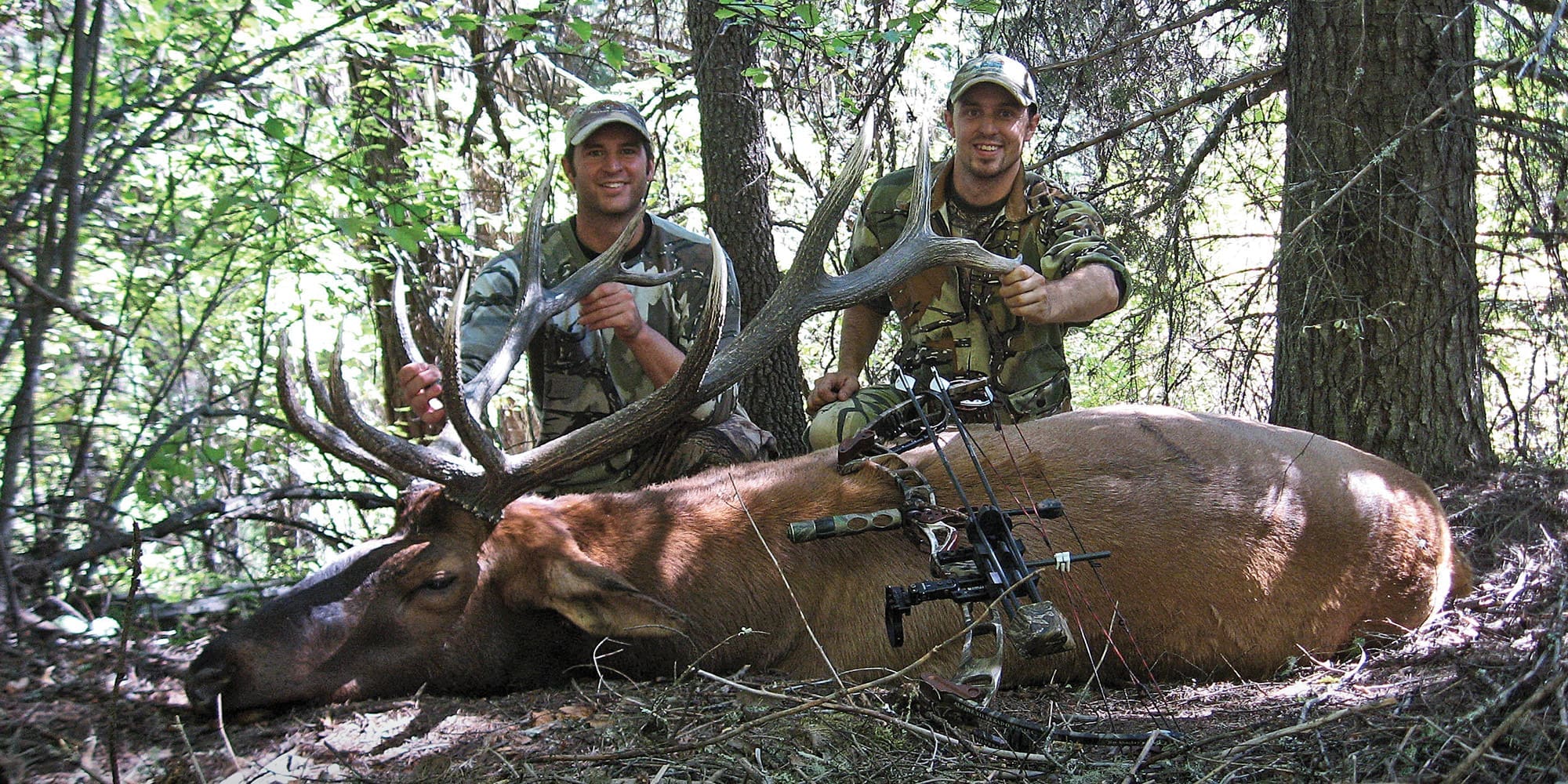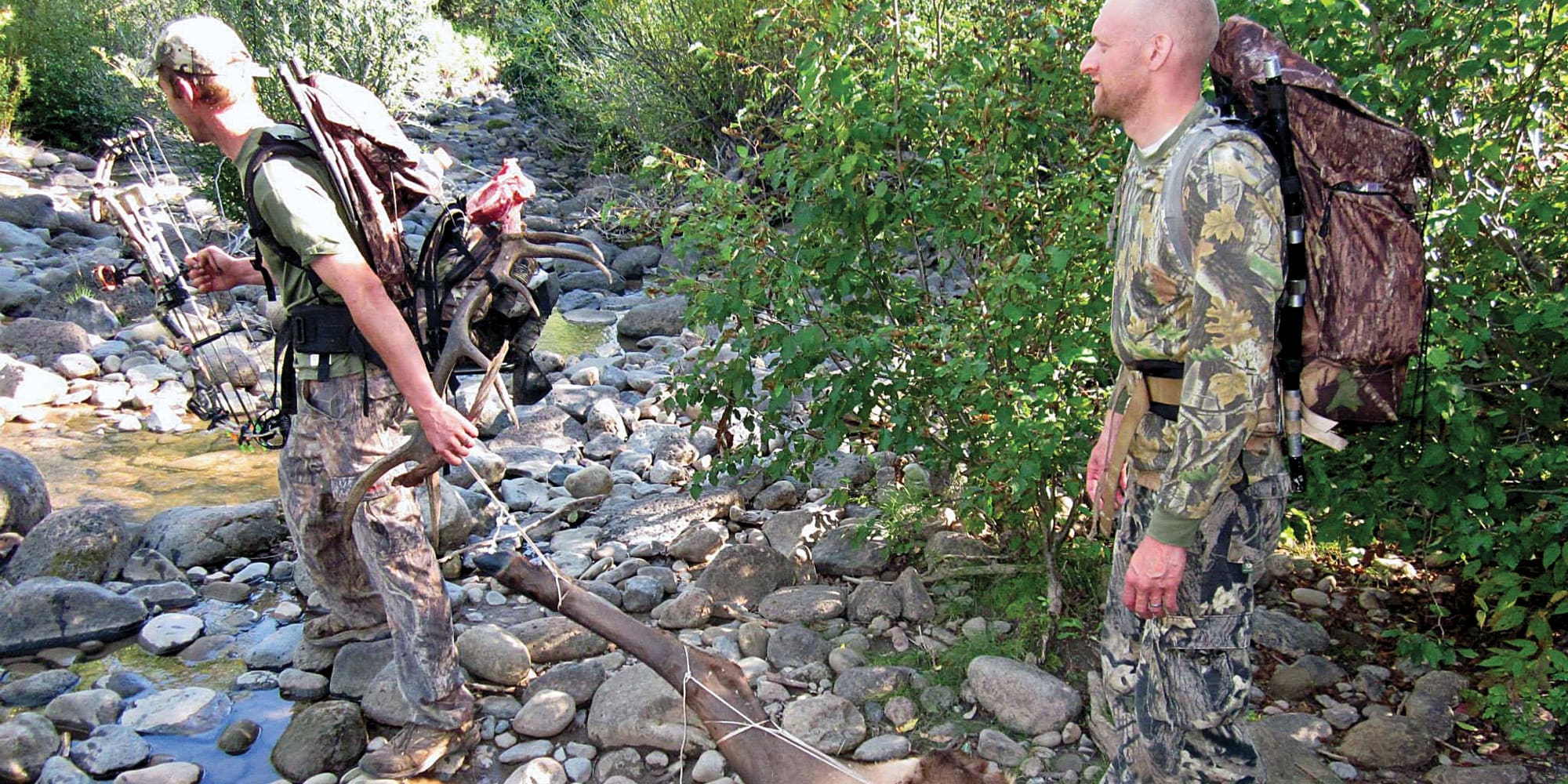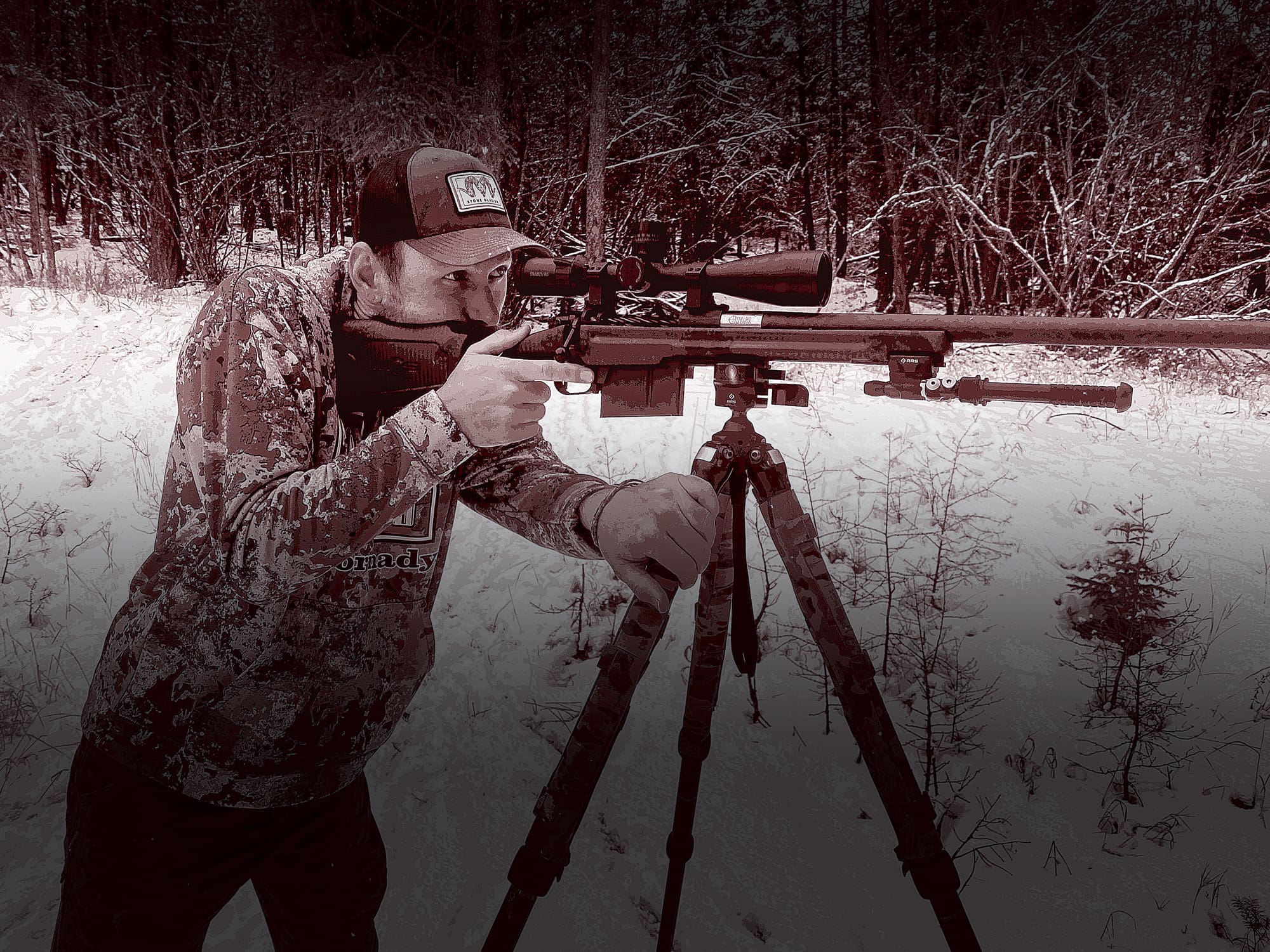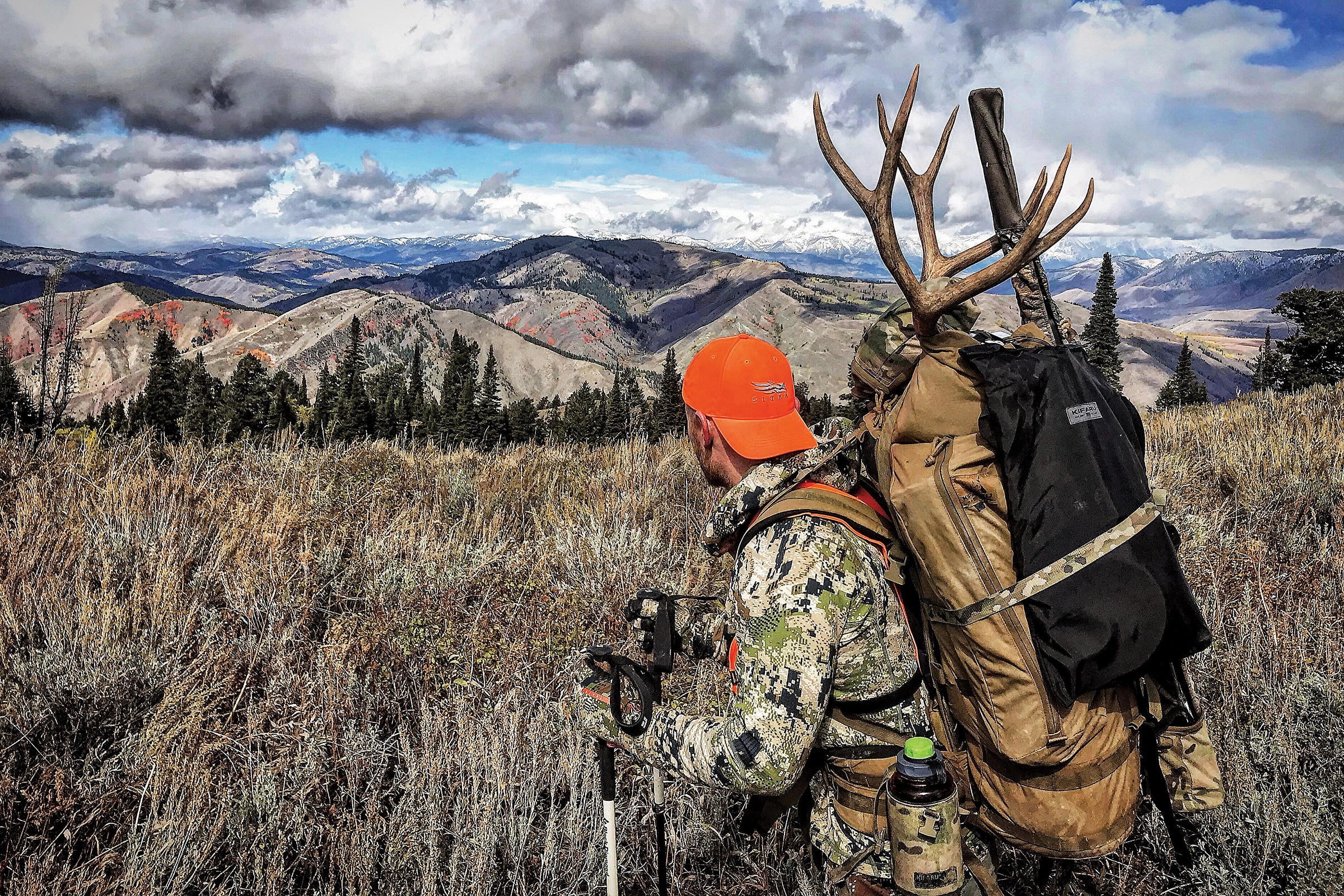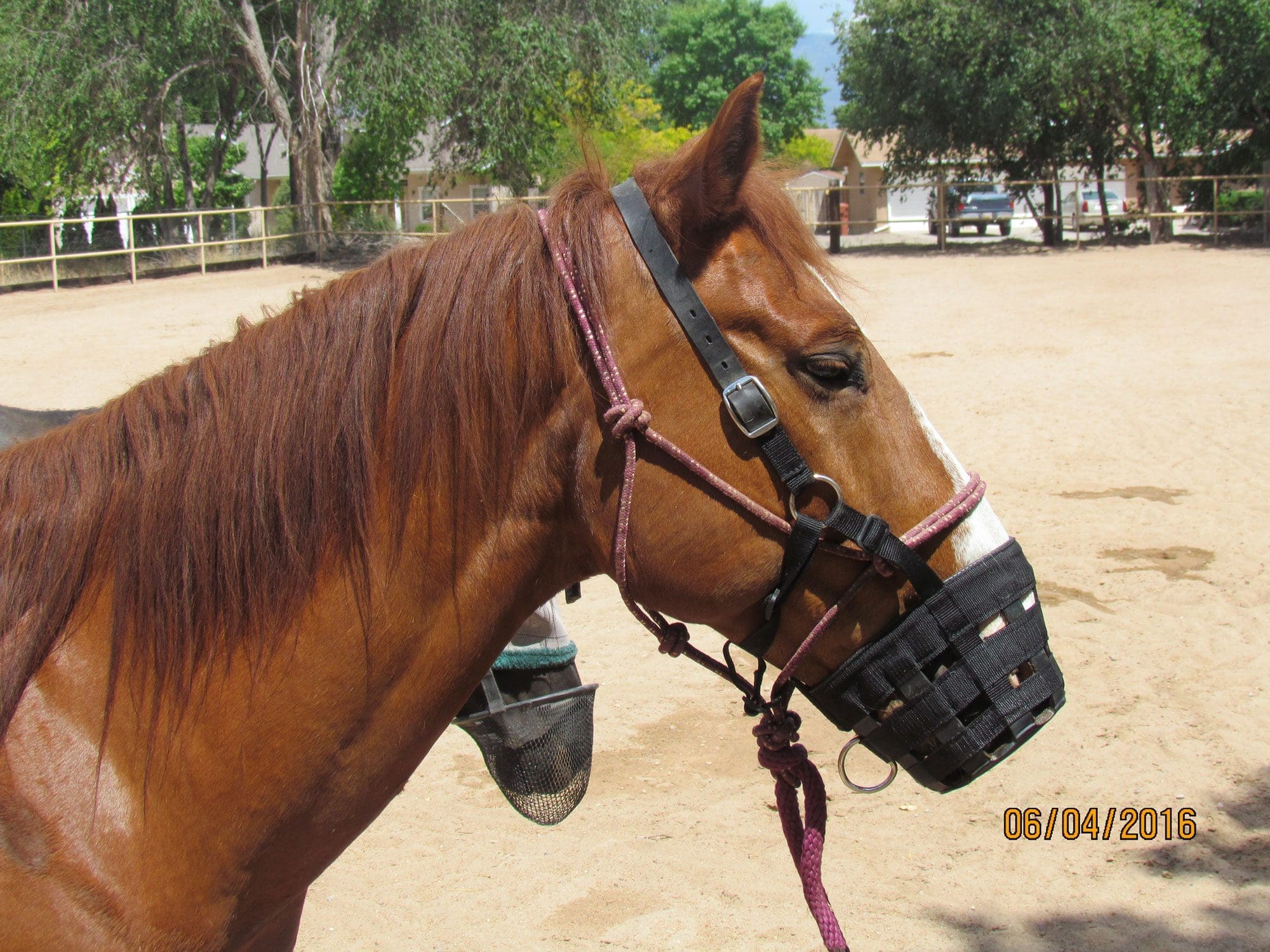
NOTICE: Certain links on this post may earn a commission for Western Hunter Magazine from Amazon or our other affiliate partners when you make a purchase. Thank you for your support.
Backcountry Equine Colic and How to Handle it
We were packed several miles into the Pecos wilderness - biologists, game wardens, and support staff gathered for a bighorn sheep trap and relocation project. Richard, the area warden, rode his big draft-cross gelding “Cisco” into camp. Cisco was an experienced mountain horse, so after he was unsaddled, he grazed normally, drank water, and that evening he settled comfortably on the high-line.
The next morning, as I prepared to ride to the sheep trap, Richard stopped me and asked if I could examine Cisco. The big gelding wouldn't eat and was stretching and looking at his belly.
My heart sank. His pulse was elevated, a light sweat was forming on his neck, and his gums had turned from a healthy pink to a toxic reddish-blue color. Plus, now he was trying to lie down and roll. Overnight, Cisco had gone from a normal, healthy horse to having life-threatening problems.
Reaching for my first-aid kit, I gave Cisco an IV injection of Banamine to control pain and a small IM shot of Rompun to sedate the horse. I left several additional doses of medicine with Richard to use as needed to keep him comfortable, and instructions to walk the horse for 15-20 minutes until the medicine could take effect.
Before I left, we discussed our options if the horse didn't respond to treatment. From the trap site (located several ridges away), we got periodic radio updates from base camp. Cisco wasn’t doing well. The gunshot that echoed through the canyons told us the outcome…colic had won.
What is Equine Colic?
So what is equine colic and why is it such a big deal in horses? Please understand that colic is not really a diagnosis or specific disease; it’s a term used to describe abdominal pain from a variety of causes.
Clinical signs of equine colic can be mild - not eating, lethargy, stretching, and looking back at its flanks, along with kicking at the belly. They can also be more severe - elevated heart rate (over 60 beats/minute), sweating, rolling and trying to throw themselves on the ground. In very severe cases the gums around the teeth may change from a healthy pink color to a toxic reddish-blue.
Note: As I said in part 1, learn and know your horse’s normal heart rate and normal gum color. You have to know normal before you can recognize abnormal.
Gums of a colic horse, showing the change from a healthy pink to a toxic reddish-blue color.
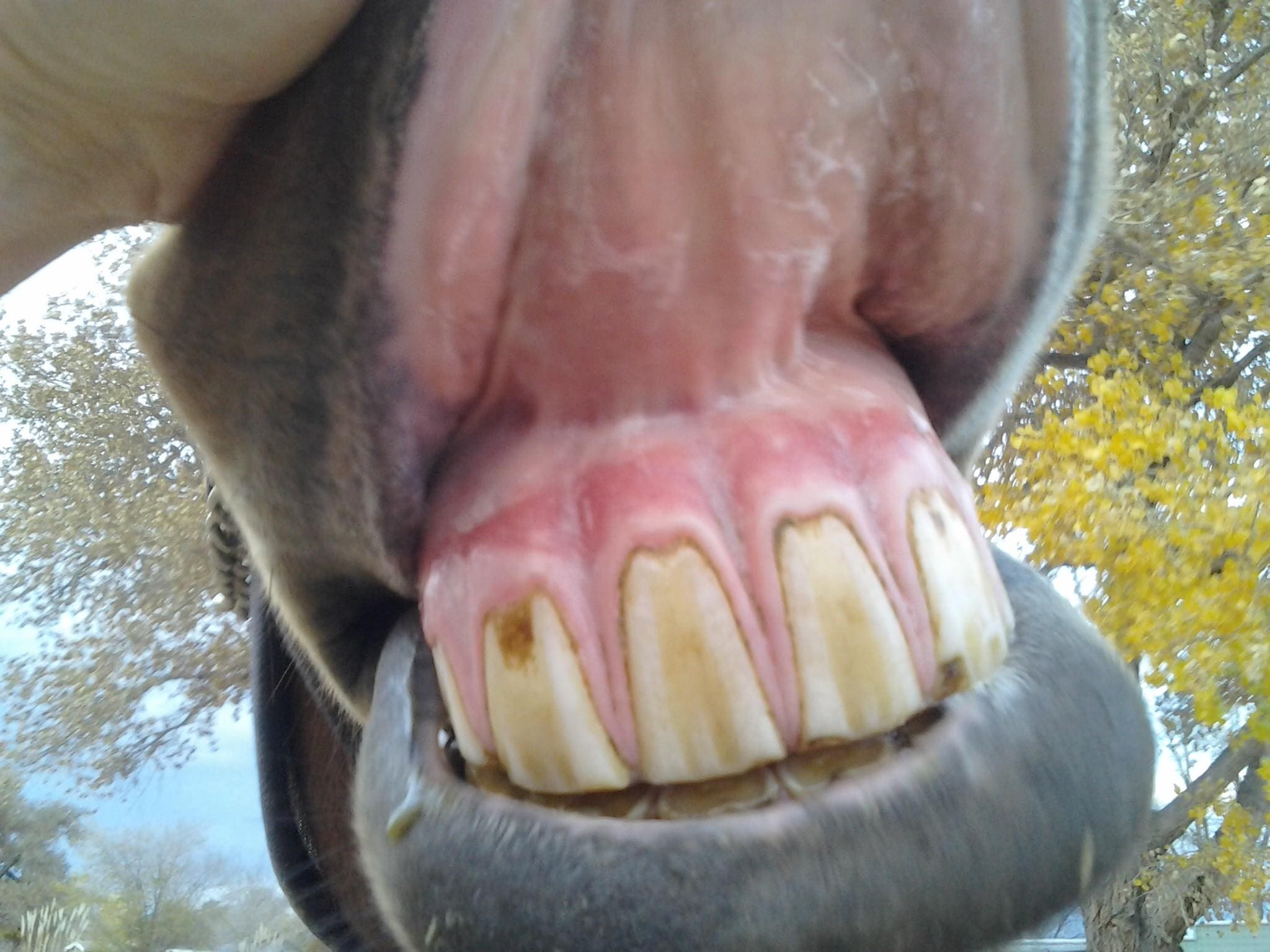
Many equine colic problems are manmade. A horse in its natural environment grazes around 20 hours a day, covering large areas and eating small amounts of high-fiber forage constantly. This behavior allows a steady stream of feed and fiber to slowly process through the 90 feet of the intestinal tract.
Somewhere, man decided it was better to raise horses in smaller confined areas and feed large amounts of rich, highly fermentable hay and grain so the whole digestive machine has to completely start and stop several times a day.
Also, limiting the area the horse can roam increases the chance it will pick up a worm/parasite burden. As part of their life cycle, these worms migrate through the large intestinal blood vessels and intestinal wall, causing damage that increases the risk of equine colic.
Common Equine Colics
There are several types of equine colic commonly seen in veterinary practice and the backcountry. Here is a simplified general description of a few.
Gas colic:
Did you ever wonder why bad hay is called “cow hay”? It turns out that the digestive bacteria in a cow’s stomach (rumen) can quickly adapt and digest almost anything. The bacteria in the horse’s digestive system are much more fragile and may not respond well to mold, weeds, or quick changes in diet. Feed that is unfamiliar or too rich can cause excess gas production, which distends the intestine and causes pain.
Spasmodic colic:
Think spasm, like when your gut is churning. Spasmodic and gas colic can occur together and be caused by anything that affects the normal intestinal movement and motility (and brother, the list of possible causes is huge). Changes in feed, overexertion or exhaustion, parasite damage, pain, stress, too much water too soon after exercise, not enough water, blue sky, cloudy sky…you get the idea.
Both gas and spasmodic colic can progress into more severe disease like a twisted intestine. In the backcountry, a twisted intestine, such as what happened to Cisco, usually means a dead horse.
Obstruction:
There are portions of the horse’s intestinal tract that rapidly narrow and fold over on itself. If you plumbed a house like a horse intestine, it would never pass code inspection! These areas of constriction can get obstructed with dirt, sand, or feed. Other types of colic are caused by toxins such as blister beetles in the hay or feed containing the cattle antibiotic monensin.
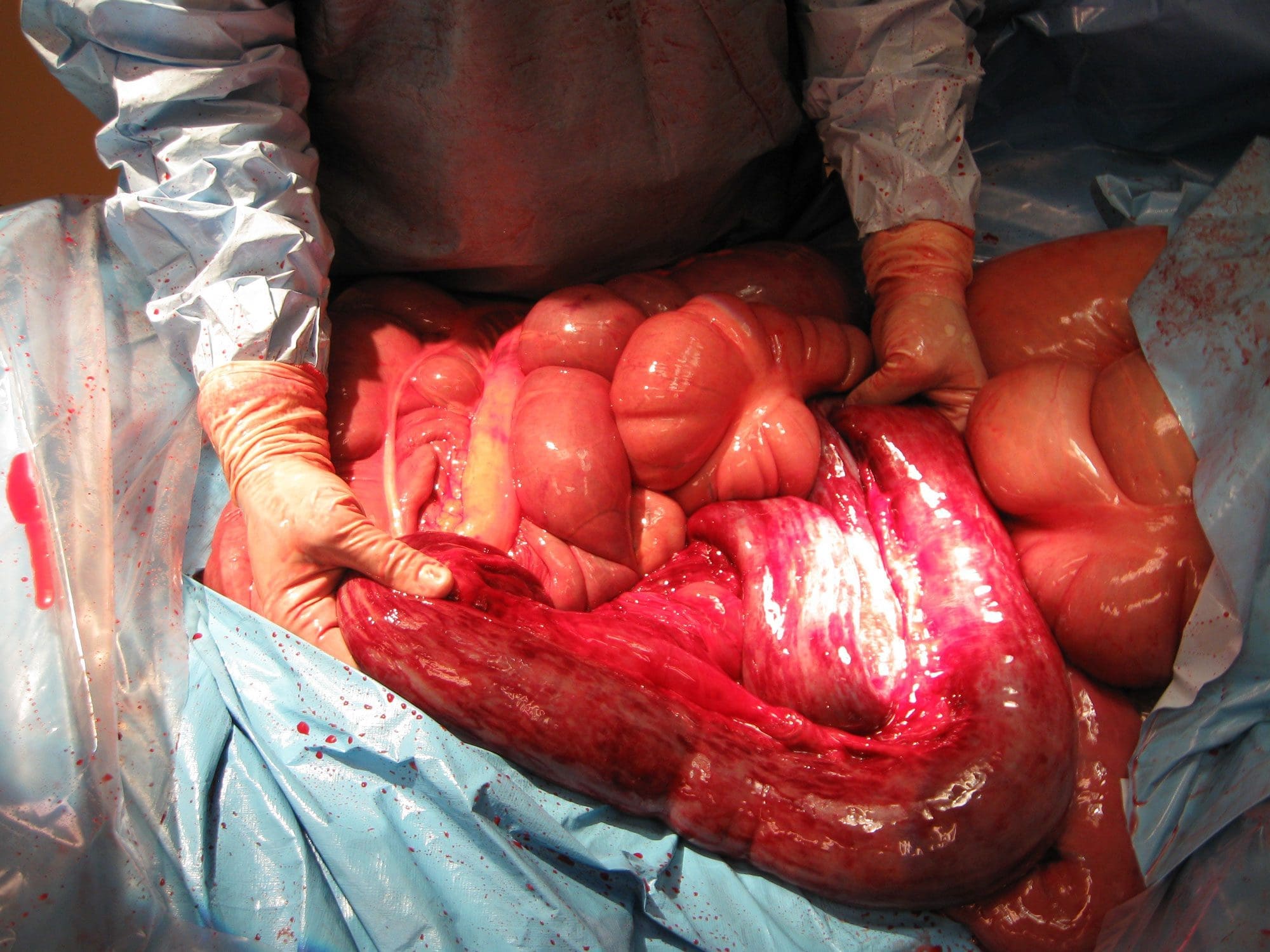
Combating Equine Colic
What strategies can prevent or at least help decrease the frequency and severity of colic episodes? Here are a few ideas.
- Feeding a good quality, long-stem hay as the foundation of the animal’s nutritional program is vital. I prefer grass hay, but here in New Mexico, it’s cheaper and easier to get alfalfa hay. I try to buy first or second-cut hay, avoiding the very green leafy “dairy cow” hay.
- Be careful not to feed excessive grains and carbohydrates, especially those containing sugars like molasses.
- Make sure the animal always has access to clean water.
- Dental care is more important than you might think. The way a horse chews causes uneven tooth wear that makes sharp points and hooks on the teeth, which causes pain and negatively affects the ability to chew and digest food.
- While you have the vet out to float the teeth, ask him/her about a worming program. Many of the dead colic horses I see on autopsy have significant parasite damage to the vessels and wall of the intestines. If I had a horse with an unknown worming history or was prone to colic, I would ask the vet about a “power pack” type worming to purge any existing parasites.
- Here in the desert Southwest, many horses are housed in a sandy environment and ingest small amounts of sand that accumulate in the intestine and cause major problems. It’s important to feed these horses off the ground on an elevated feeder sitting on rubber mats to decrease sand consumption.
- We use a lot of bran and psyllium products to help clear sand from the digestive tract.
- Grazing muzzles can be useful for horses turned out on sand or dirt lots and are also helpful to prevent a horse from engorging on an unfamiliar feed like green backcountry forage.
- Lowland city horses (and hunters) need to get in shape to handle the rigors of the wilderness.

Backcountry Colic Treatment
Banamine:
Backcountry treatment options for colic are limited to what you can carry and are comfortable using. The majority of a horse’s anatomy is comprised of the intestine. So, when I have a horse in the wilderness that acts “off” and I even think of the word colic, I give a dose of Banamine. I wouldn't walk a horse across the street without access to Banamine; it’s much more effective at controlling abdominal pain than Bute or other anti-inflammatories, and it blocks some of the toxins produced during colic episodes.
Banamine comes in a paste or injectable versions. I carry both and use the injectable form IV if I need a quick onset of action. The paste form works equally well; it just takes longer to work - usually around 30 minutes. I do like the paste form because I don't have to give an injection and it’s not in a breakable glass bottle.
A dose of Banamine should control abdominal pain for 6-8 hours. Poor response or no response to repeated doses of Banamine is typically a bad sign.
Rompun:
For more severe colic cases, I give 1-2 cc’s of Rompun IM to sedate the horse. I don't like to sedate colic horses with Acepromazine (“Ace”) because it may make a shock situation worse. I’ll repeat the doses of Banamine and Rompun as needed to control pain and keep the animal upright and comfortable.
The bottom line is that we take great care of our stock, but they are one bullet short of becoming backcountry bear bait if they don't respond to treatment, because we can’t let them suffer.
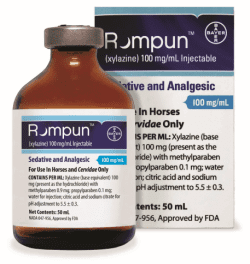
Worst-Case Scenario
In spite of our best efforts, we may be forced to make difficult decisions in order to prevent our stock from severe pain and suffering. In the wilderness, that usually means euthanizing the animal by gunshot, so it’s important to know where to shoot the animal to ensure a quick and humane kill.
If you shoot a colic horse “between the eyes”, you’ll hit a sinus, it won’t be fatal, and now your horse has colic and a gunshot wound. Proper bullet placement should be at the intersection of lines drawn from the inside part of the eye to the opposite ear. I carry a .22 magnum pistol for these emergencies and pray I’m never forced to make that most difficult decision.
Note: In 30 years of packing, I’ve euthanized several horses. I’ve always tried to move the animal off the trail and not contaminate a watershed. However, there may be specific rules on the disposal of dead livestock in the area you ride. Please consult the appropriate USFS, BLM, State Lands office, or area ranger for specific regulations.


